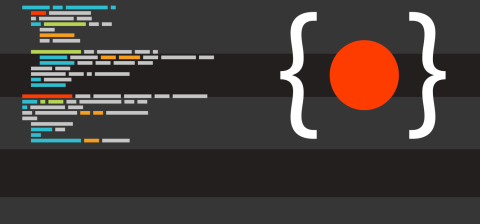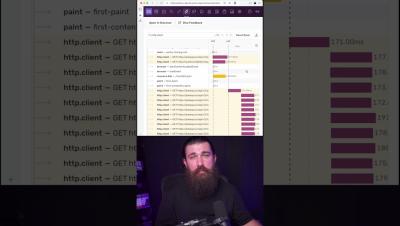Configuring a React Application with Honeycomb For Frontend Observability
Are you trying to wire your React application to Honeycomb, but running into some challenges understanding how our instrumentation works with React? In this article, I’ll lay out approaches for wiring Honeycomb to client-side only React so you can ingest your telemetry into Honeycomb and take advantage of the Web Launchpad. This telemetry sends semantically-named attributes, and can be used with any OTLP destination. These examples use a React application created with Vite.











